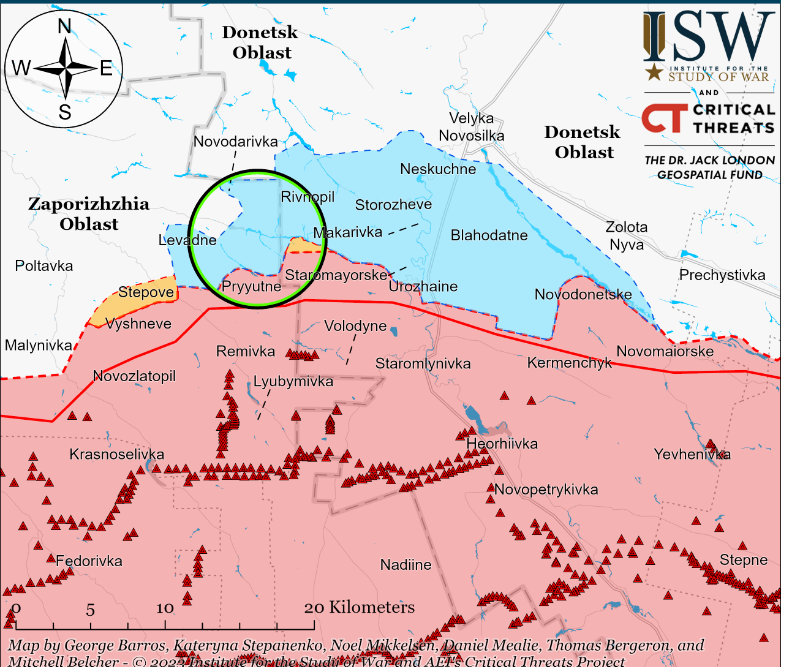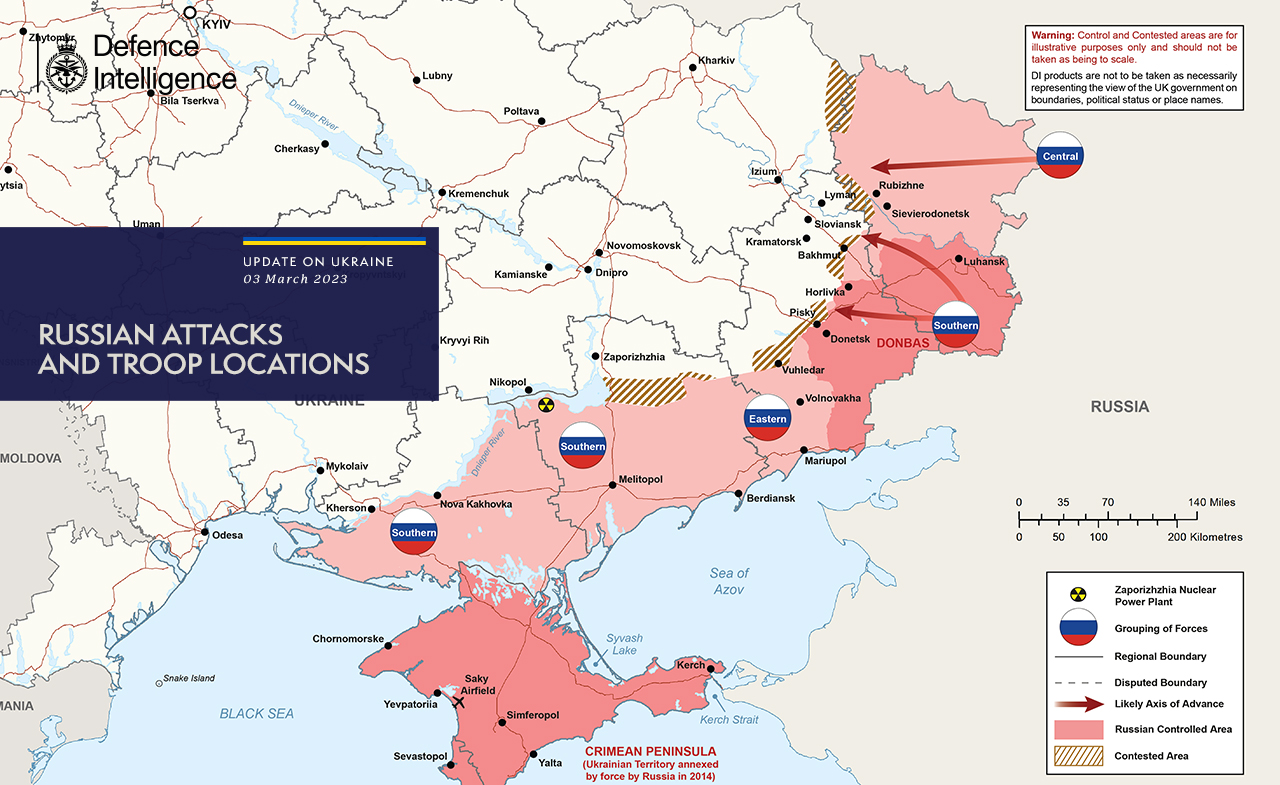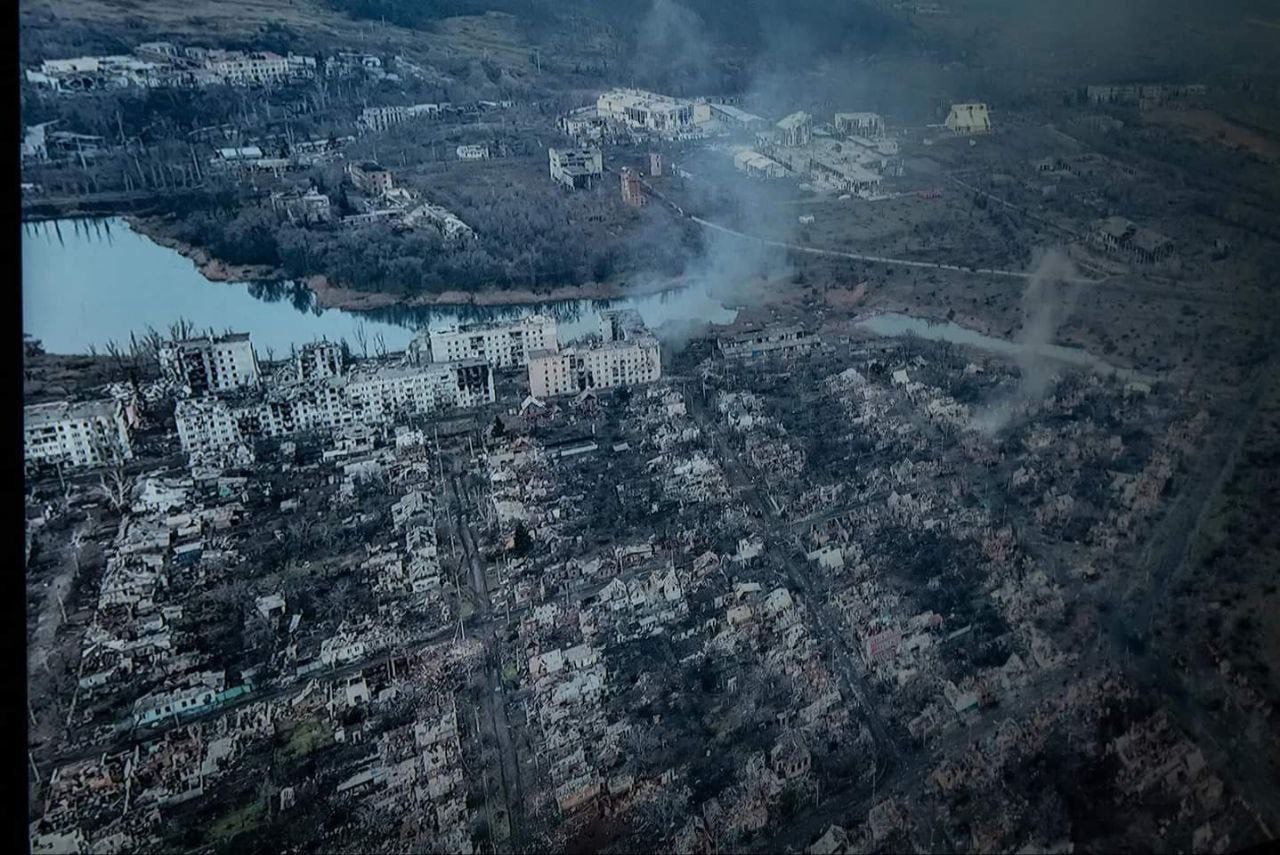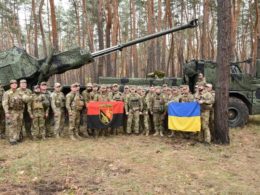Russian forces defending in western Zaporizhzhia Oblast since the start of the counteroffensive have done so largely without operational-level unit rotations and have likely suffered compounding losses, ISW reports.
During the first phase of the counteroffensive from June to August 2023, elements of the Russian 42nd Motorized Rifle Division’s 71st, 70th, and 291st Motorized Rifle Regiments repelled Ukrainian assaults. They engaged in various “combat clashes,“ including limited engagements and some counterattacks, according to ISW’s report.
In mid-to-late August, due to Ukrainian forces breaking through the initial Russian defensive layer, these elements of the 42nd Motorized Rifle Division had spent considerable amounts of manpower, personnel, and effort to hold.
According to the US-based think tank, Institute for the Study of War (ISW), elements of the Russian Separate Spetsnaz Brigades, which were responsible for counterattacking against significant Ukrainian advances in the Robotyne, Zaporishshia Oblast, also suffered heavy losses in these operations during the earlier phases of the counteroffensive.
In addition, on 18 September, Ukrainian Ground Forces Commander Colonel General Oleksandr Syrskyi announced that Ukrainian troops had captured the villages of Klishchiivka and Andriivka, located 7km and 10km southwest of Bakhmut. Syrskyi stated that these settlements were important parts of the Russian Bakhmut-Horlivka defensive line that Ukrainian forces “breached.”
According to Syrskyi, the Ukrainian advances have “completely destroyed” the combat capabilities of the Russian 72nd Motorized Rifle Brigade and elements of the 31st and 83rd Airborne Assault Brigades during the liberation of Andriivka and Klishchiivka, Donetsk Oblast. Russian “Vostok” Battalion commander Alexander Khodakovsky’s claim that the 31st VDV Brigade commander has been killed supports this statement.
If recent Ukrainian advances south of Bakhmut resulted in the destruction of the 31st and 83rd VDV brigades’ combat capabilities, the Russian command would likely laterally redeploy elements of another relatively elite formation to maintain critical elements of the Russian defense south of Bakhmut.
“Lateral redeployments from elsewhere in Ukraine or substantial tactical redeployments of other VDV elements in the Bakhmut area would therefore indicate that recent Ukrainian advances have resulted in significant Russian losses,” the US-based think tank, Institute for the Study of War (ISW) concluded.
Other key takeaways from the report:
- Recent Ukrainian advances south of Bakhmut may correspond with the similar degradation of defending Russian units in the area.
- Russian forces conducted a series of Shahed-131/136 drone and cruise missile strikes on coastal and rear areas of Ukraine on the night of September 17-18.
- Ukrainian forces conducted offensive operations in at least two sectors of the front and advanced in western Zaporizhzhia on 18 September.
- Some Russian sources claimed that former Wagner Group personnel are working closely with Rosgvardia (Russian National Guard) in order to return fighting in Ukraine.
Read also:
- Ukraine downs 27 of 30 drones from Russia’s night attack; three hit Lviv
- UK Intel: Ukraine and Russia launch raids to control key Dnipro River islands in Kherson Oblast
- Zelenskyy arrives in US ahead of UN General Assembly
- Germany announces new EUR 400 million military aid package for Ukraine





